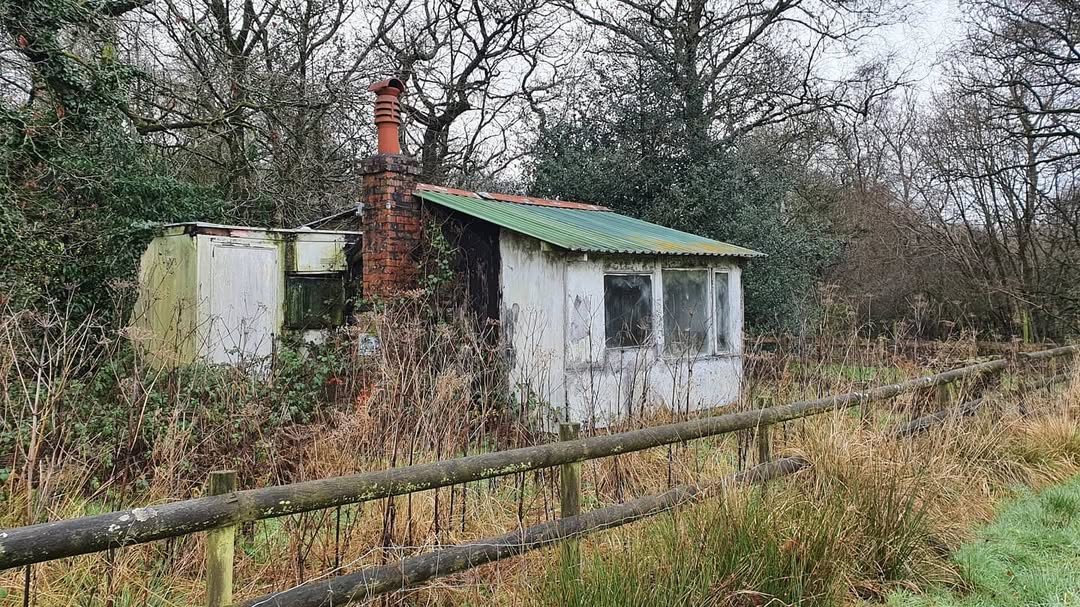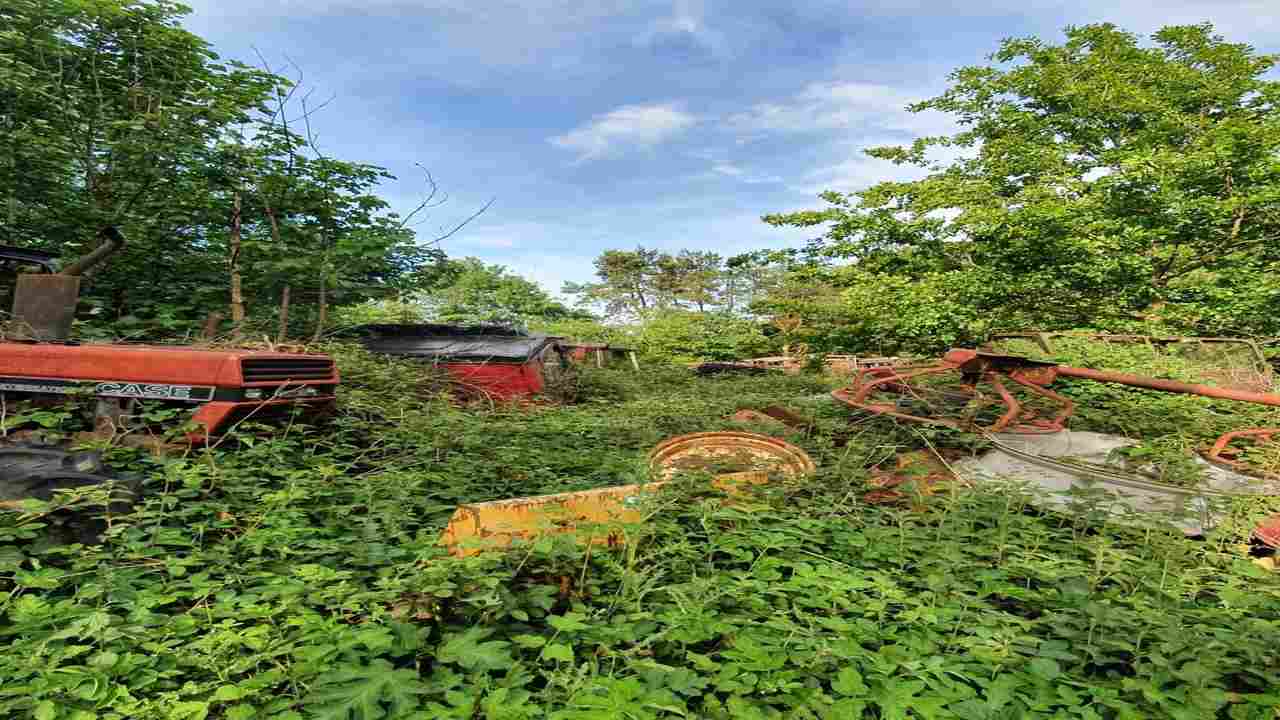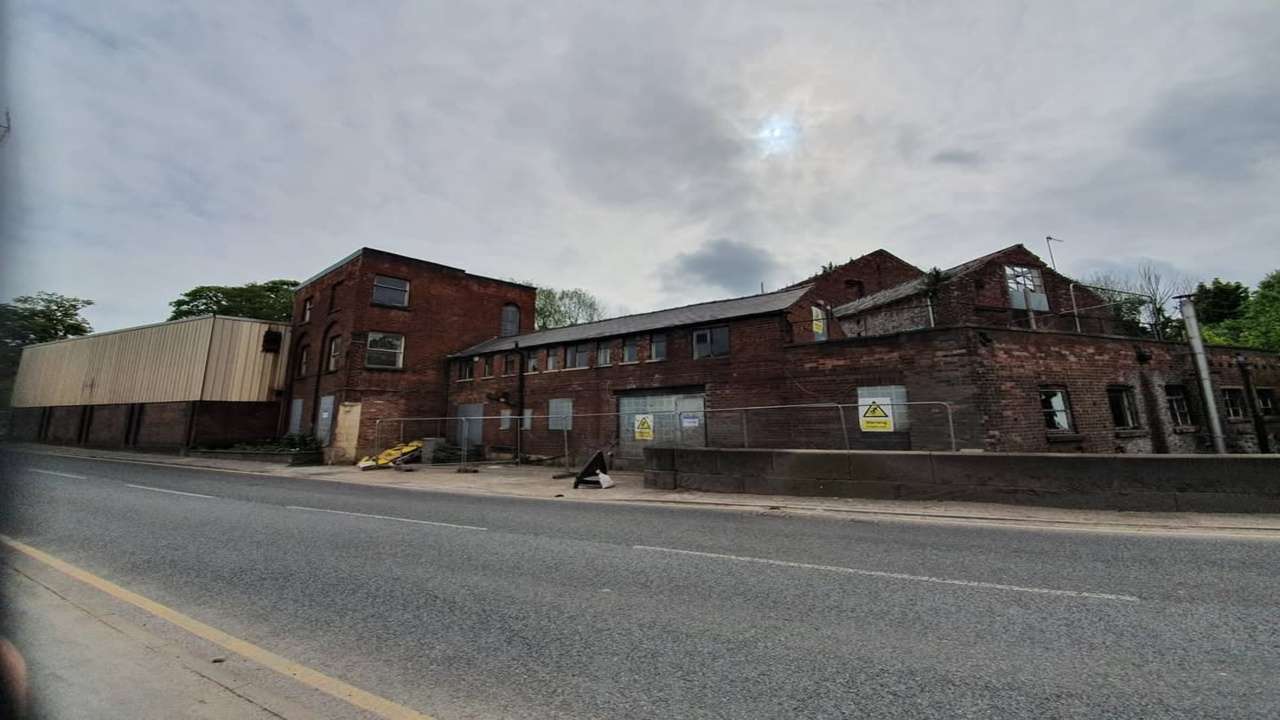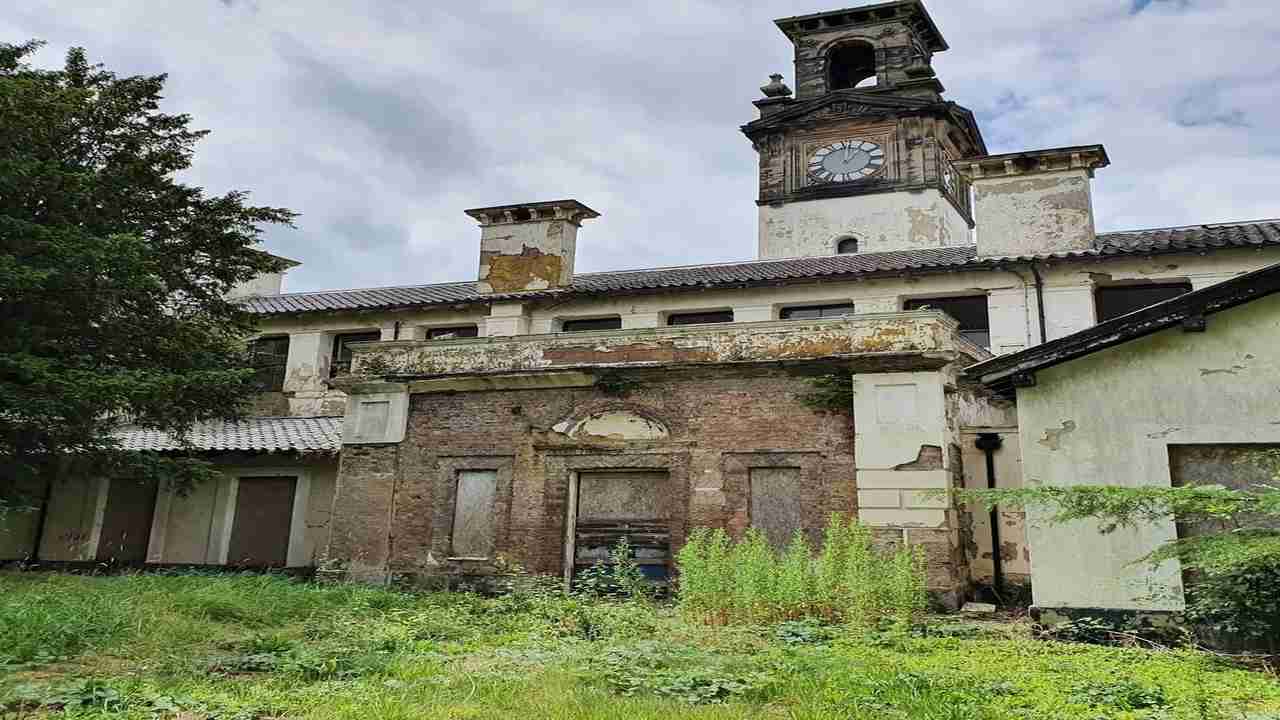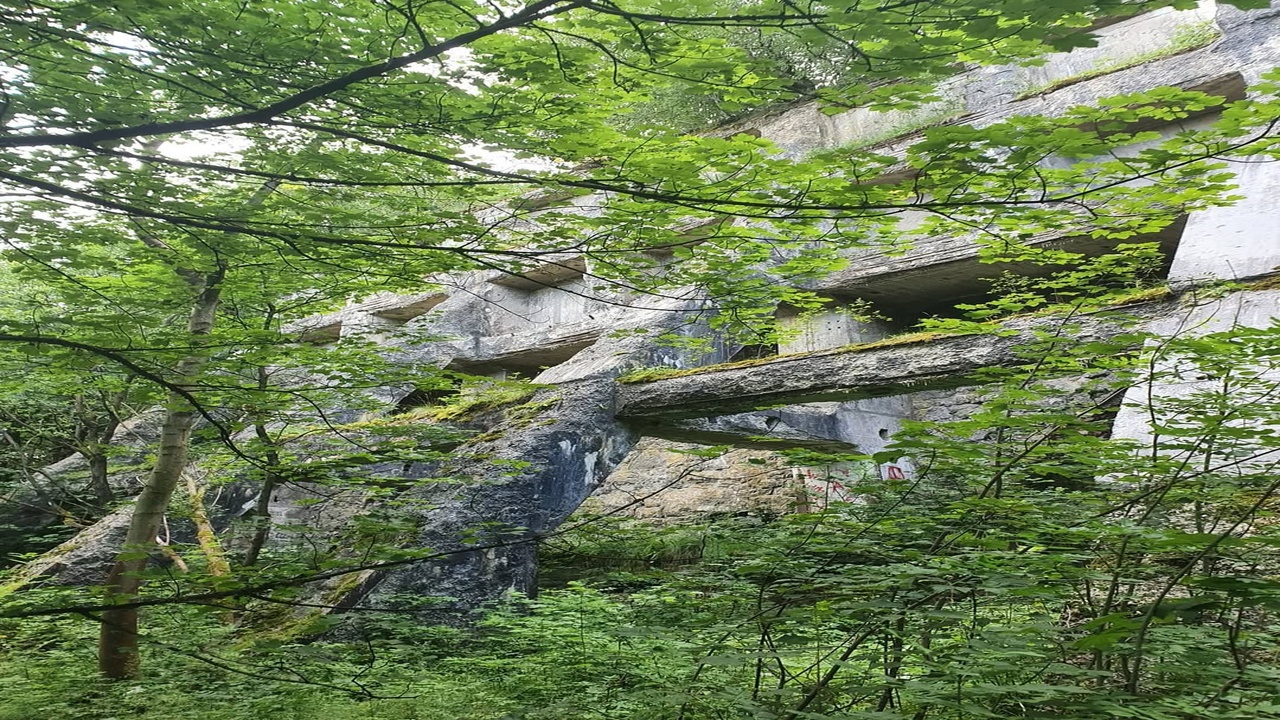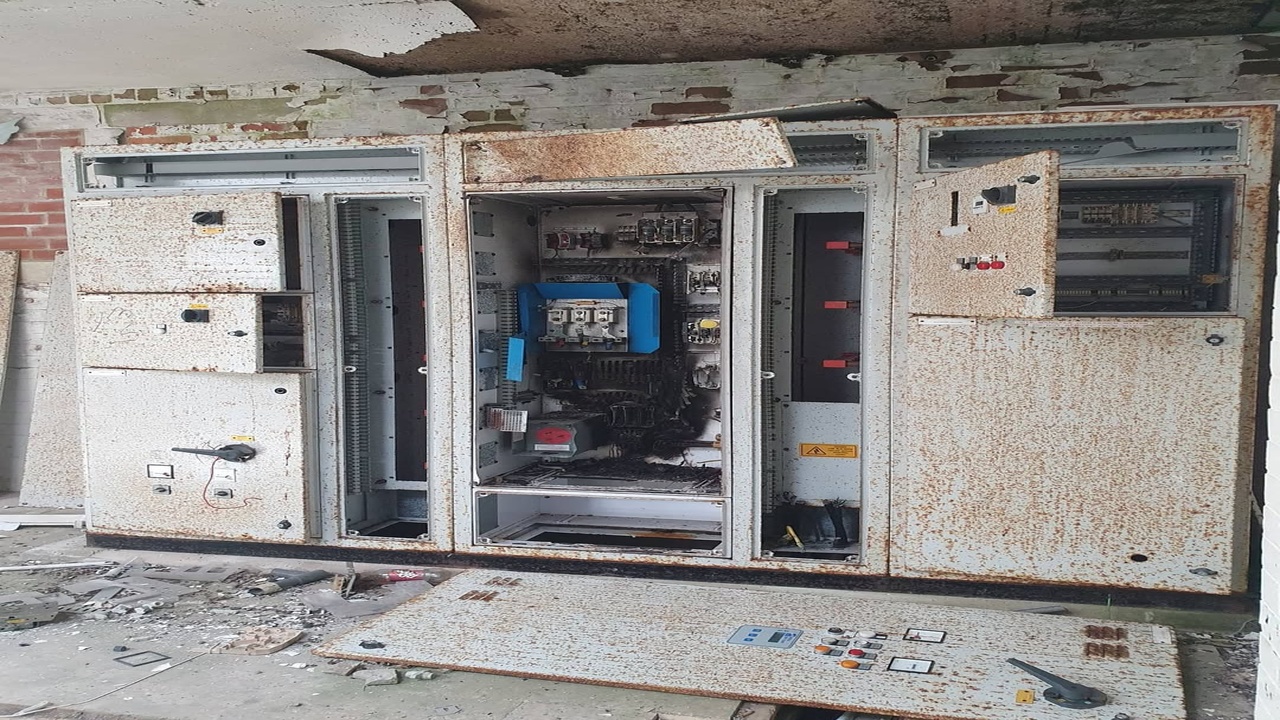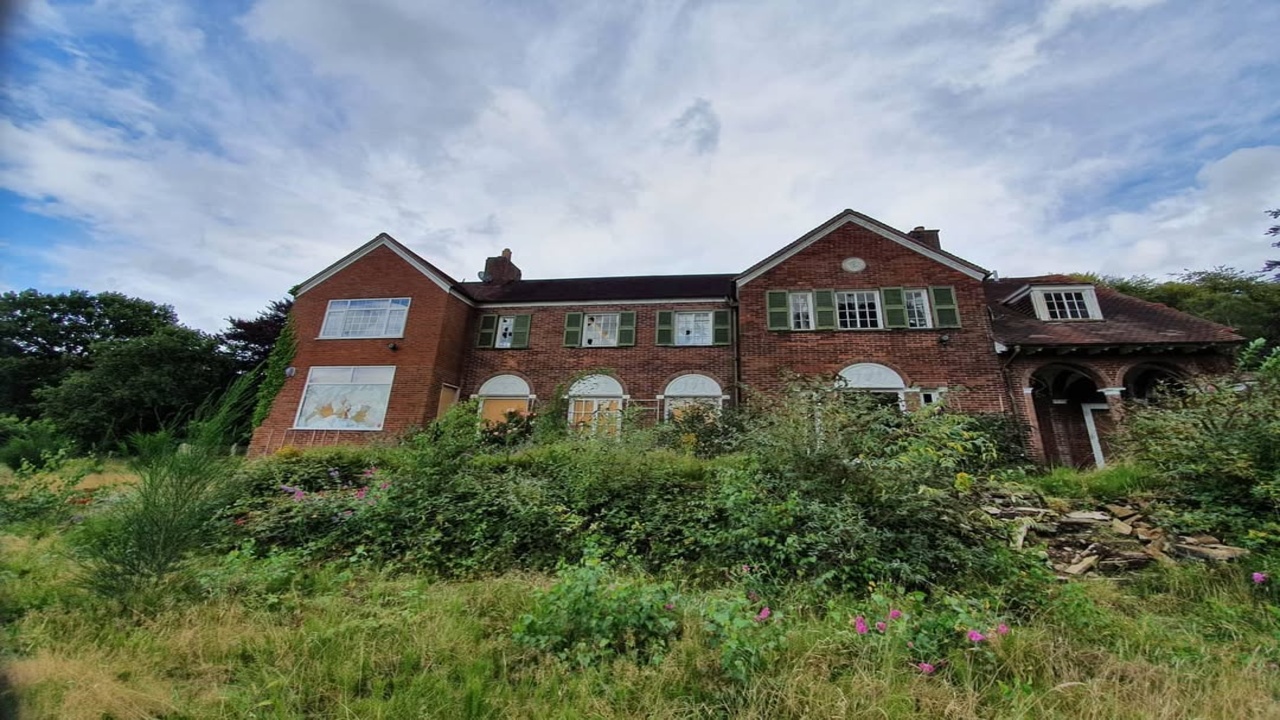During the early 1900s, the abandoned structure in pointer was alive with activity as one of the major hubs for industry. It bustled as a textile factory which provided employment for hundreds of people. However, the factory started declining during the second half of the 20th century when the textile industry itself started to fall. Ever since it has been an eyesore for many, however, nostalgia holds a charm for the locals as it reminds them of a lost era.
The building still possesses qualities which exude strength such has it having grand windows and towering smokestacks which used to be alluring and magnifying to the eye. It’s suffering a great loss due to the lack of attention that it receives, and not being cared for. The local community and the abandoned building share a history together, it is very sad to see that after its abandonment not only has the building suffered but also the people living there.
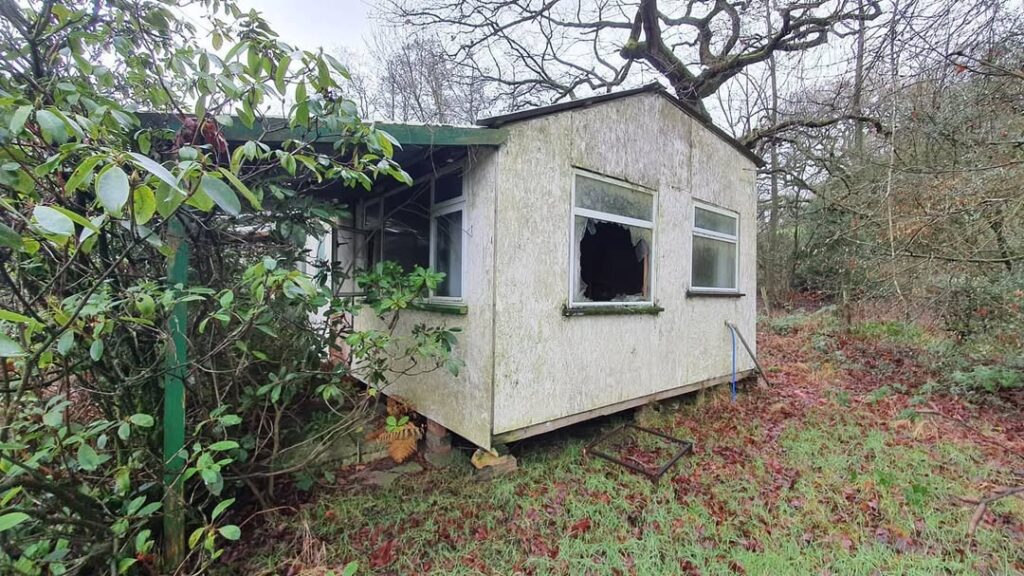
The Causes for Abandonment of The Building
The combination of factors at play during the industrial decline contributed to the displacement of the building. As the textile industry began its downslide because of increasing competition and changing consumer interests, numerous regional factories began shutting down. There was no longer a need for the building and despite the attempts made by the owners, it could not be repurposed. The building’s location within a former industrial hub meant that it was thirty other derelict buildings, accelerating the region’s decline.
The economic decline that closely followed the disintegration of the textile industry also aggravated the abandonment of the building. Countless companies situated in the region came under severe financial gouge and had to shutter operations. The rampant economic disorder made it extremely difficult for the would-be investors to capitalize on restoring the building, resulting in the building being continuously ignored. Additionally, modification of local zoning ordinances along with building regulations posed further barriers towards vital changes that could be performed to modernize the building, hastening its disrepair. All of these conditions led to a situation where neglecting the structure for years was optimal.
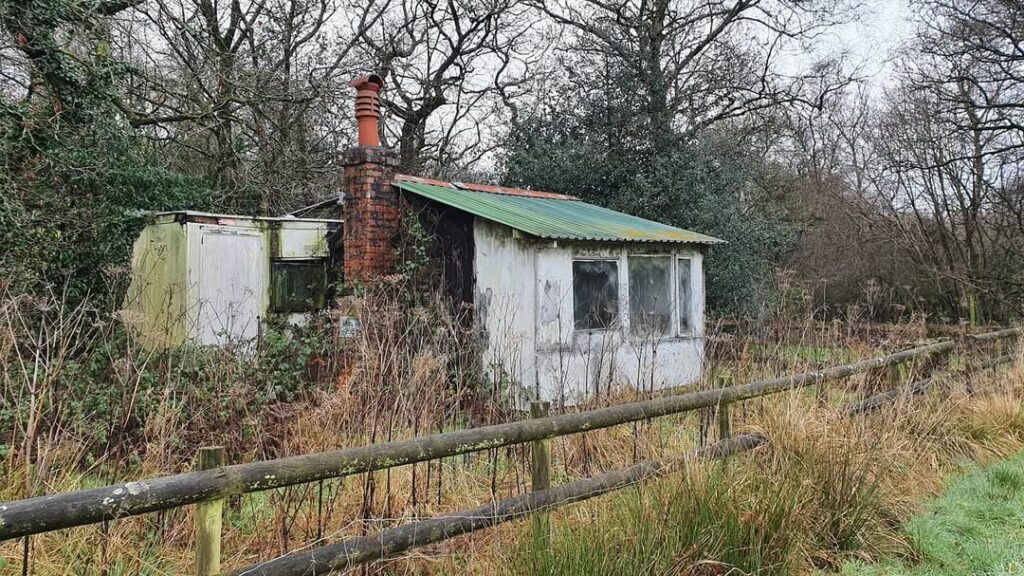
The Current Condition of the Structure
Today, the abandoned building serves as an empty shell in comparison to what it once was. Its interior is filled with rubble and remnants of what used to be a sophisticated structure, alongside an imposing facade that has broken windows and graffiti all over it. The the building itself still harbors some sense of eloquence, with many factory units suggesting that it was once a busy factory. Nonetheless, it has suffered years of neglect and now needs extensive restoration work.
For the residents of the community, the condition of the building poses an eyesore while simultaneously being a safety risk. Its auful and worn down exterior makes the infamous structure an additional hazard to the residents and workers in close proximity. Coupled with the declining property value for the area, the broken windows and walls further attract criminals to the building, adding vandalistic value to it. Regardless of its current shape, there have been attempts to restore the building and alleiviate some of the burden it poses to the community.
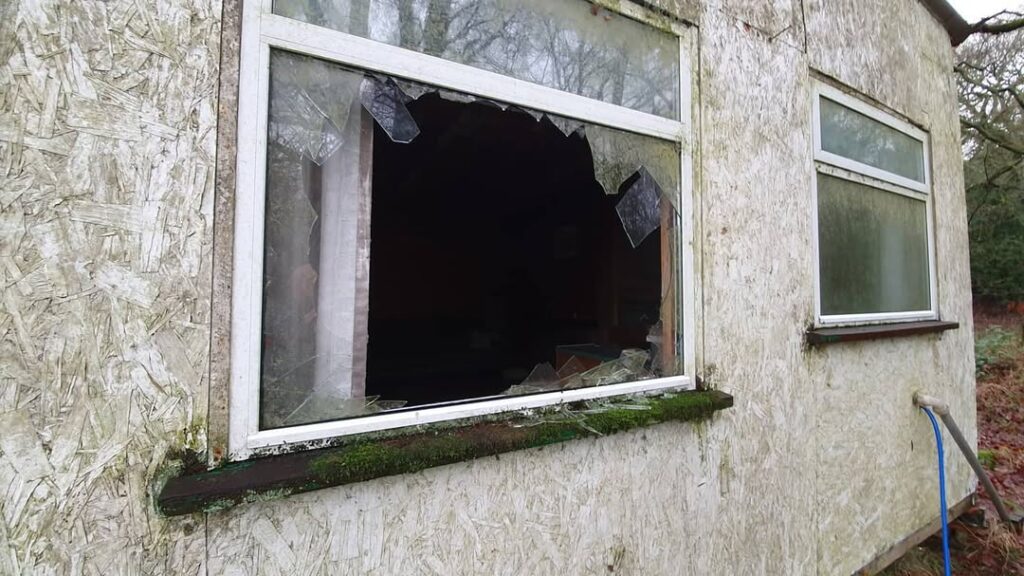
Plans for Revitalizing the Abandoned Building
With the ongoing efforts to bring life back to the building and convert it from its abandoned state, community organizations and local government officials have come together to figure out ways of re-developing the structure along with attracting new residents and businesses to the area. These solutions include approaches such as finding potential investors and developers who understand the economic potential of revitalizing the building.
Converting the abandoned building into a mixed-use development is one of the suggested options. It can be turned into residential units with retail space on the ground floor along with community features. Such an approach would not only give a new purpose to this building, but create a hub of economically beneficial activity in the area ultimately helping residents and businesses. Seeking out historic preservation grants and tax incentives for funding the necessary repairs and, renovations, make this ambitious project easier for developers to handle.
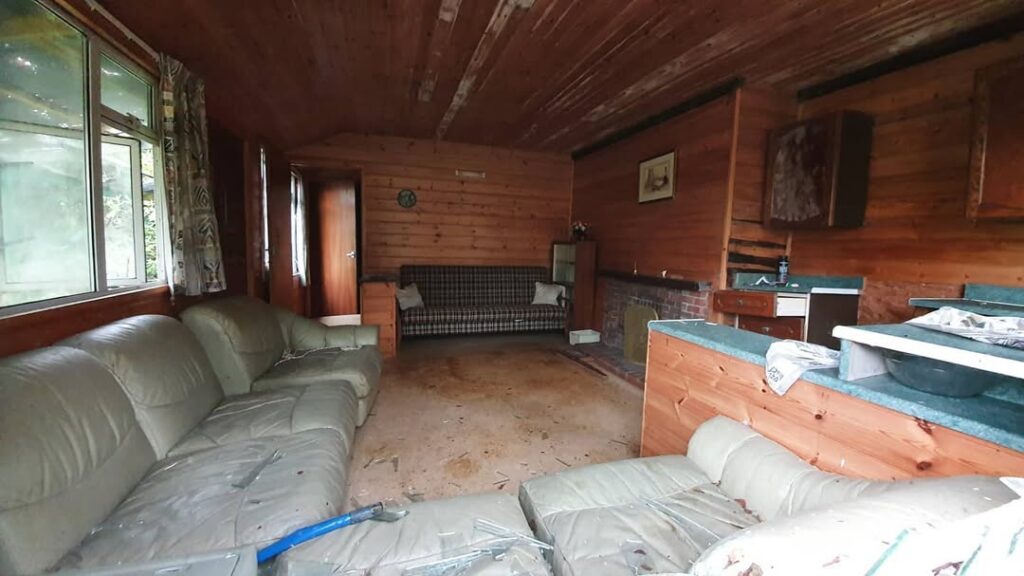
Effects on the Neighborhood
The surrounding community has suffered greatly from the presence of this abandoned building. Its dilapidated condition is an eyesore that not only lowers property values, but also discourages prospective investors from revitalizing the neighborhood. Integrally, the abandoned structure presents a safety hazard by attracting criminal activity, posing risks for people living or working in the vicinity. Moreover, it serves as a stark reminder of the area’s economic stagnation, deepening the sense of hopelessness and despair among residents.
The physical presence of the building—and its abandonment—has had profound psychological ramifications for the neighborhood. It has come to epitomize, in its very existence, the neglect and decay of the surrounding community. Many residents certainly do feel that its abandonment signals insufficient investment, fueling frustration and disillusionment. There is, however, a silver lining—as motivated community members unite to tackle the challenges of restoring vibrancy and purpose to the abandoned structure.
In addition, the deterioration of the edifice has affected the psychological well-being of the residents. The remnants of the structure’s once beautiful exterior evoke feelings of longing for the past, slowly growing worse with time.
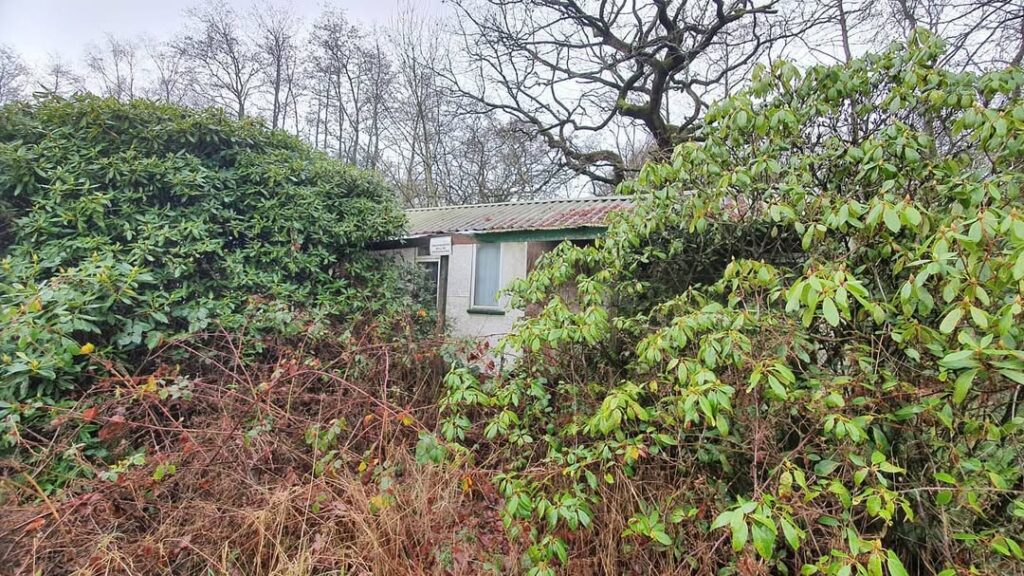
The Possibilities for Abandoned Buildings
The abandoned building offers a perfect opportunity for thorough restoration. There is considerable optimism that the building can be fully restored to serve its original purpose and even become a busy center of activities due to the hard work being put in from the community groups, local authority personnel, and possible investors. Economically, the area can develop by trying to secure grants and tax incentives targeted towards the historic preservation of the building and developing it to mixed-use purpose which creates a revitalizing multi-purpose opportunity.
The repurposing of the neglected structure also has the potential to improve the health conditions and safety of the people living in the community. This offers an opportunity to improve the safety and health of the residents and businesses by addressing the abandoned building’s new uses and restructuring its decaying system. Furthermore, a neglected space being transformed positively impacts the perception of the community and fills them with optimism which is key to creating a resilient neighborhood.
To sum it up, while one cannot deny that abandoned buildings are a nuisance, a headache, and a source of many different problems for the surrounding community, buildings that have been neglected also offer unparalleled opportunities for renewal and restoration. Instead of avoiding challenges, there is room to rethink strategies in reclaiming these spaces that are being undermined so the community can be better off economically.
